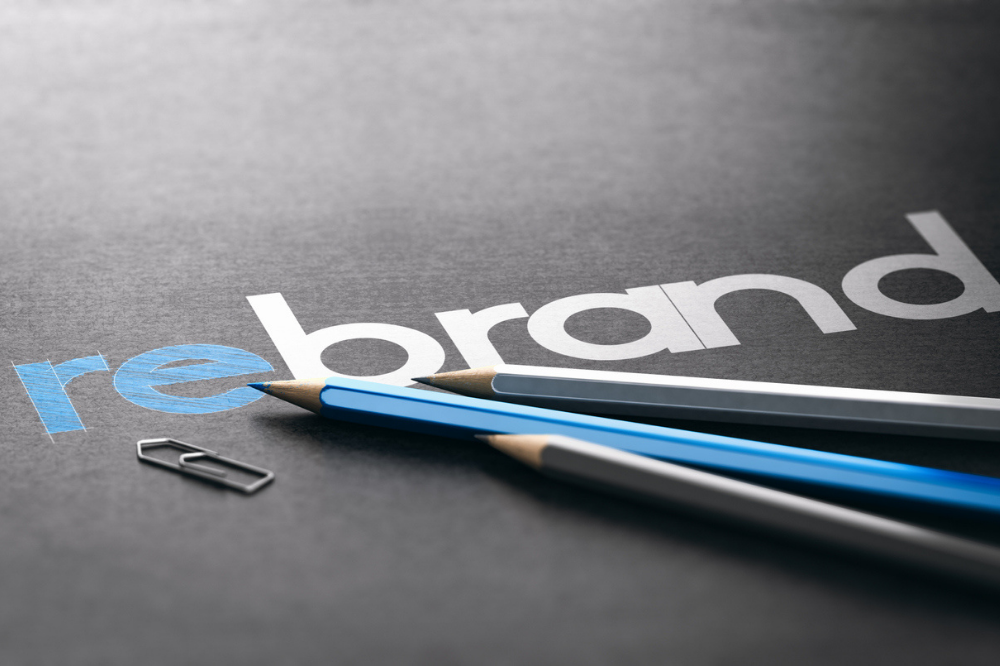
When it comes to choosing between closed-end credit and open-end line of credit facilities, there are a few factors that you will need to consider. Close-end credits have certain benefits over the open lines of credit, but there are also some downsides to consider before making your decision. In this blog post, we will explore each type of credit so that you can make an informed decision about which one is right for you.
Let us start by understanding the terms close-end- credit and open-line of credit
What is a closed-end credit facility?
Closed-end credit facility refers to where borrowed funds can only be used for a specific purpose and time. The most common type of closed-end credit is a car loan. The money borrowed is only used to purchase a vehicle. It can also refer to home loans, personal loans, and other types of lending products.
What is the Open-end of credit facility?
Open-end line of credit, on the other hand, refers to a type of credit facility where the borrowed funds can be used for any purpose. The most common type of open line of credit is a credit card. You can use the money you borrow to purchase anything you want. Other types include home equity lines of credit (HELOC) and personal lines of credit. An open-end line of credit is also referred to as a revolving line of credit.
Whether it is an open line of credit or closed-end credit, the bank may require some form of security.
How do you choose between them?
The key difference between open-line of credit and closed-end credit is that open-line of credits are more flexible, while closed-end credits are more restrictive. This means that an open-line of credits is better for people who want to have more flexibility in how they use their funds, while closed-end credits are better for people who want to restrict their spending to a specific purpose.
If you are in business, the arguments are the same. To finance recurrent expenses and re-stocking requires revolving lines of credit facilities that become available immediately when you repay. These revolving credit facilities are actually open-lines of credit facilities.
On the hand, if your business needs to buy a delivery van, you will need a facility specifically for that. This motor loan will have a fixed repayment schedule and agreed-on interest rates. Needless to say, this is a closed-credit facility.
That said, there are also some pros and cons to consider when making your decision:
Pro – Open-line of credit:
– More Flexible:
As mentioned above, open lines of credit are more flexible than closed-end credit facilities. This means you can use the money you borrow however you want, without having to worry about restrictions.
– Lower Interest Rates:
Open-line of credits typically has lower interest rates than closed-end credits. This is because the lender will charge interest based only on the utilized balance.
Con – Open-line of credit:
– Easier to Get into Debt:
Because open lines of credit are more flexible, it can be easy to get into debt if you’re not careful. If you don’t restrict your spending, you could quickly find yourself owing more money than you can afford to repay.
Pro – Closed-end credit:
– More Restrictive:
Close-end credits are more restrictive than open lines of credit, which means you can’t use the money you borrow for anything other than the specific purpose agreed upon.
– Better for People Who Want to Restrict their spending:
Close-end credits are perfect for people who want to restrict their spending to a specific purpose, such as buying a car or a home. This is because close-end credits usually have lower interest rates than an open line of credits.
credit
Con – Closed-end credit:
– Less Flexible:
Close-end credits are less flexible than open lines of credit, which means you can’t use the money you borrow for anything other than the specific purpose agreed upon.
– Higher Interest Rates:
Close-end credits typically have higher interest rates than an open line of credit, because the whole facility is released at once. Therefore you’re paying interest on a large amount from the word go.
How to use your credit facilities responsibly and get the most out of them?
Now that you understand the difference between open and close end credits, it’s important to know how to use your credit facilities responsibly and get the most out of them. Here are a few tips:
– Closed-End Credit: If you decide to go with a closed-end credit product, make sure you read the terms and conditions carefully before signing up. This will ensure that you understand exactly what you’re getting into and what restrictions are placed on your spending.
– Open-Line of Credit: If you decide to go with an open line of credit, be sure to set a budget for yourself and stick to it. This will help prevent you from getting into debt.
– Pay off Your Monthly obligations on time: This is the best way to avoid penalties.
– Use Your Credit Card for Emergencies Only: If you use your credit card for emergencies only, you won’t have to worry about accumulating debt. But you must make sure to pay credit card debts in full every month to avoid paying interest charges.
– Check Your Credit Score Regularly: Checking your credit score regularly will help you track your progress and make sure you’re on track to reaching your financial goals. You will be surprised how this practice will help shape your credit score.
Hopefully, this article has helped clear up some confusion around open and closed-end credit facilities. There are pros and cons to both open-line of credit and closed-end credits. It is important to consider your individual needs and financial situation before making a decision about which one is right for you. If you want more flexibility and lower interest rates, go with an open line of credit. If you want to restrict your spending to a specific purpose, go with a closed-end credit.
Whichever option you choose, make sure to use your credit facilities responsibly and get the most out of them! In addition, when making a decision, it’s essential to consider what works best for your individual needs and circumstances. So, which one are you going to select? Close end or open line of credit?
Please share and subscribe.


